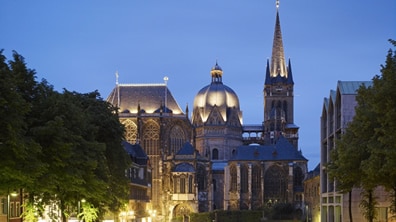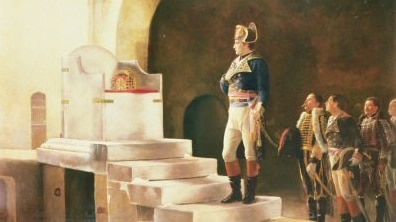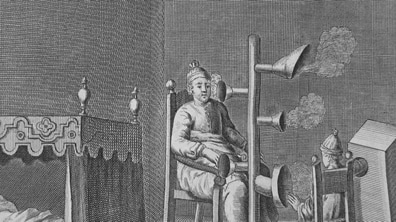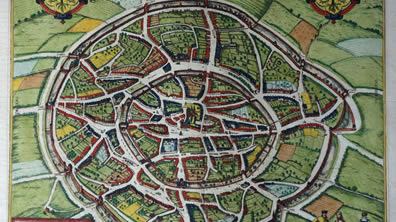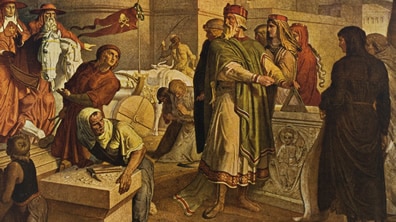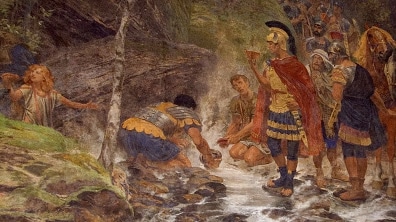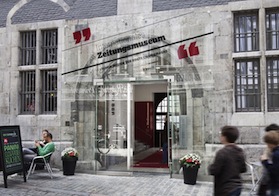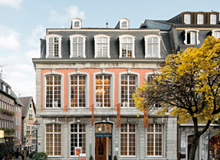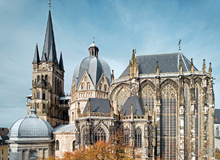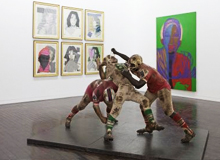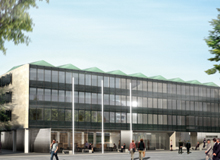5th century BCE to 7th century CE
Early Settlements
Around the time before Jesus was born, the Romans founded a small town where Aachen’s hot springs are located. The town, which they called Aquae Granni, soon became a spa town famous far beyond Aachen and its neighbouring areas. As legend has it, it was legate Granus Serenus who discovered the hot springs.

